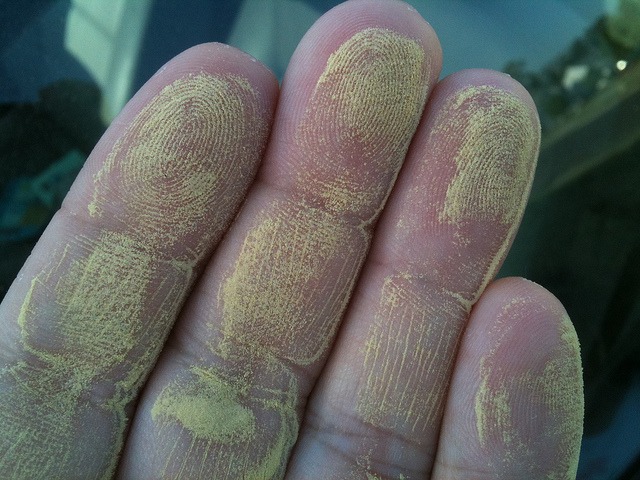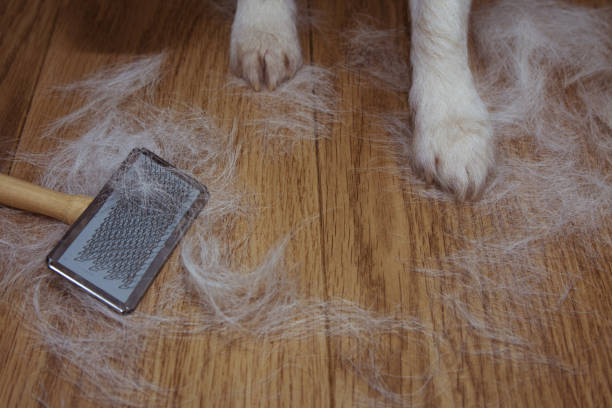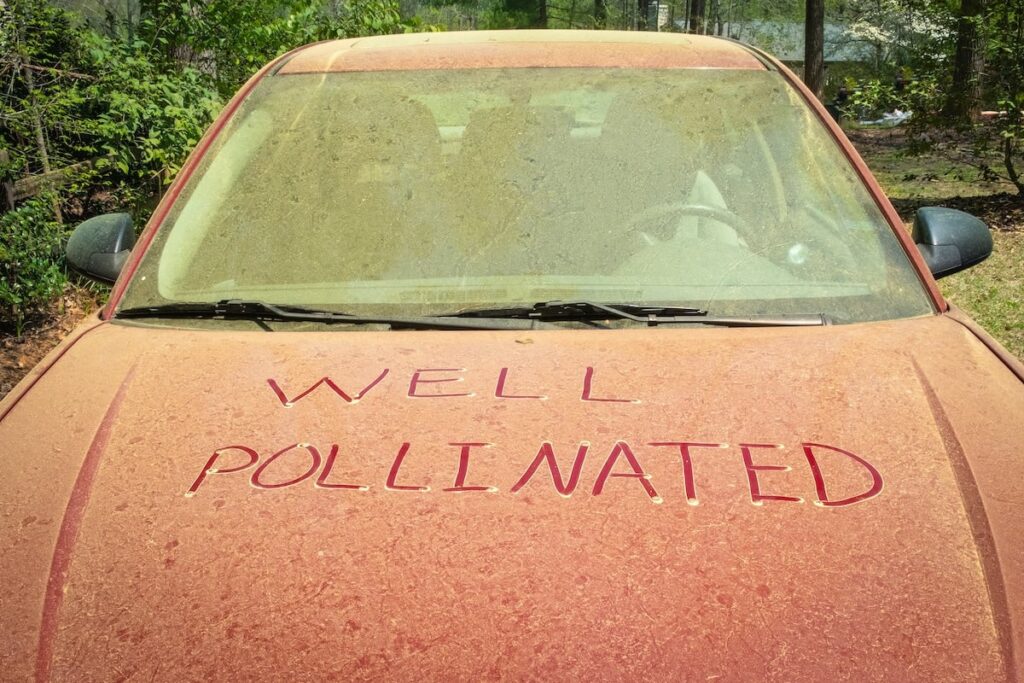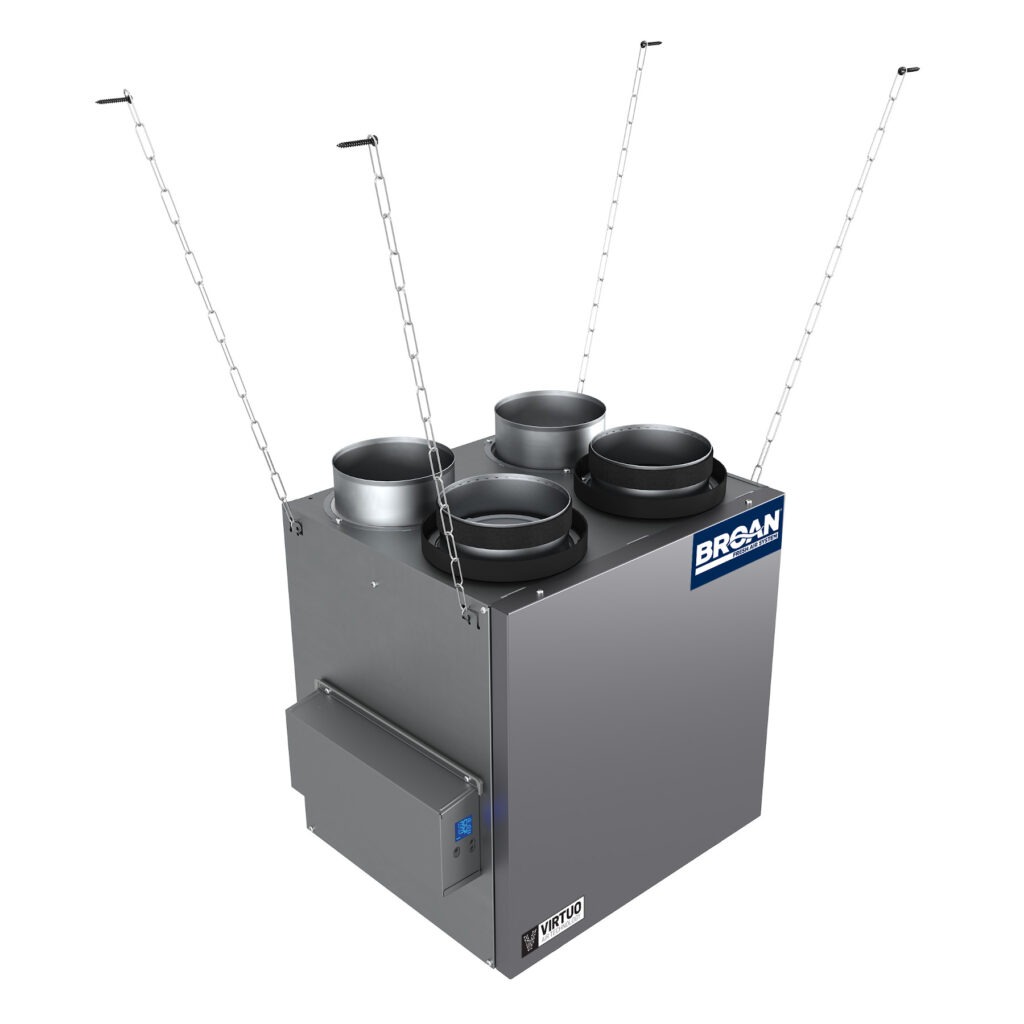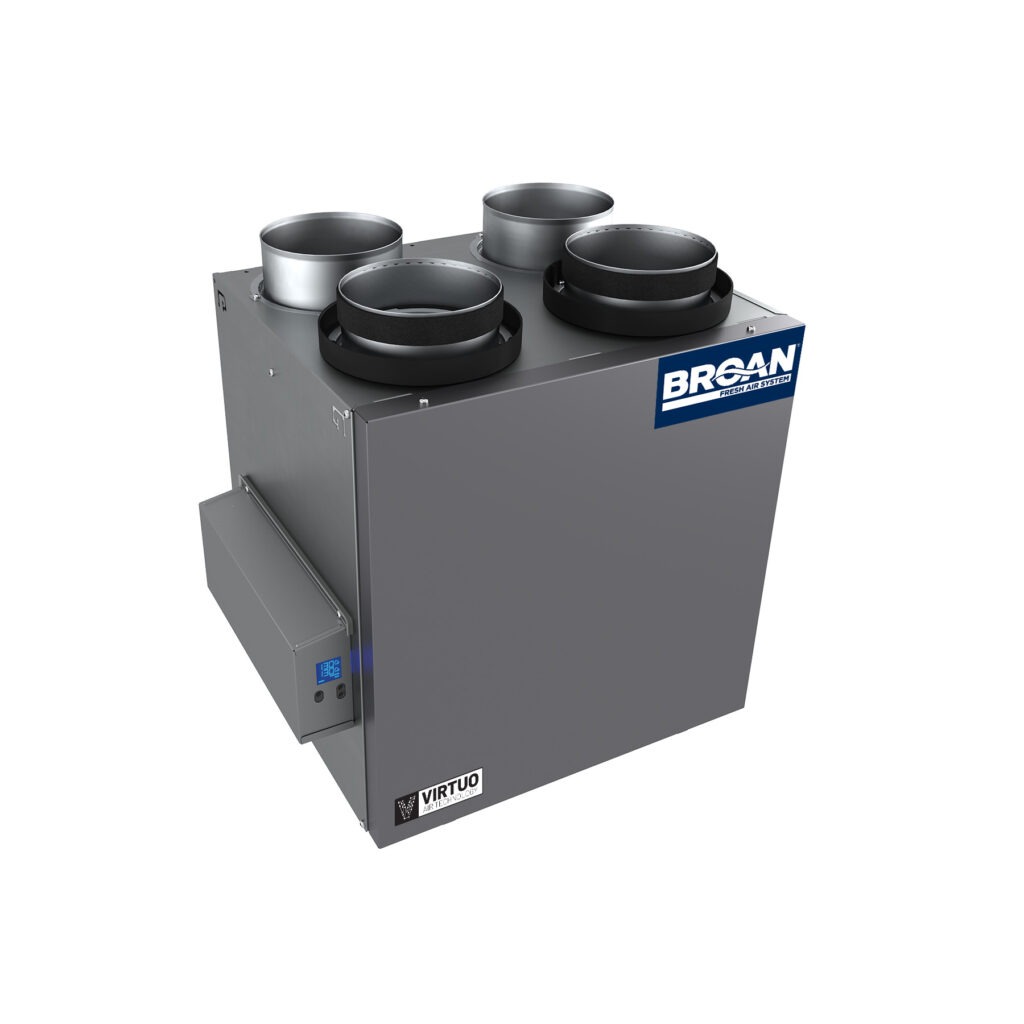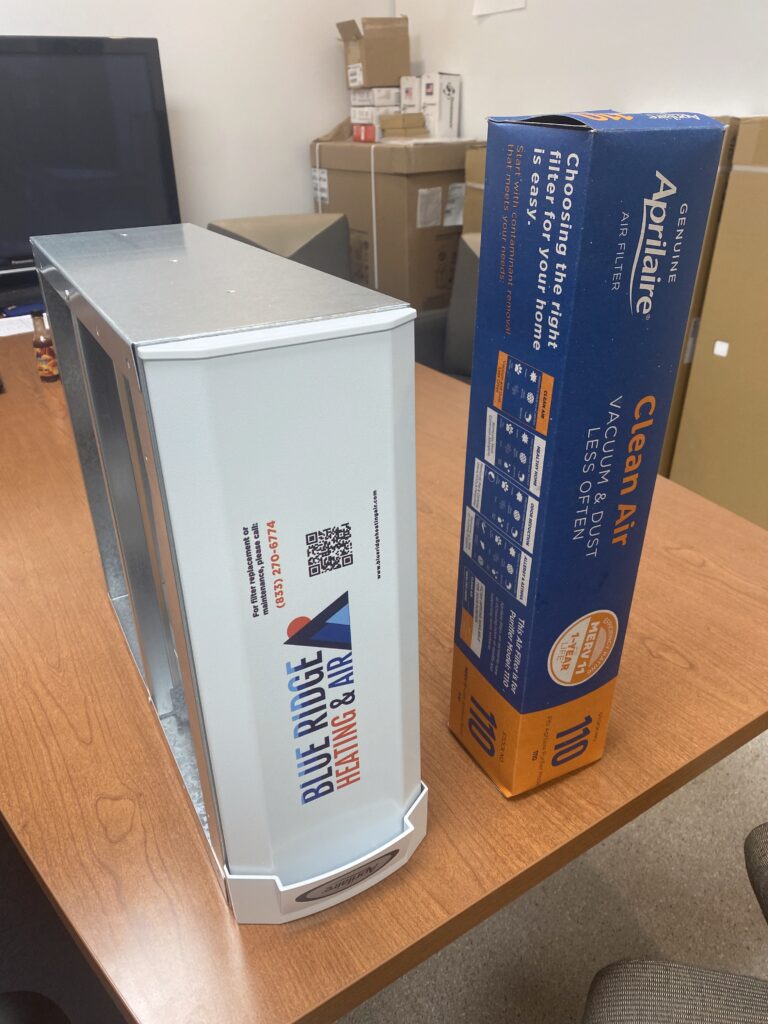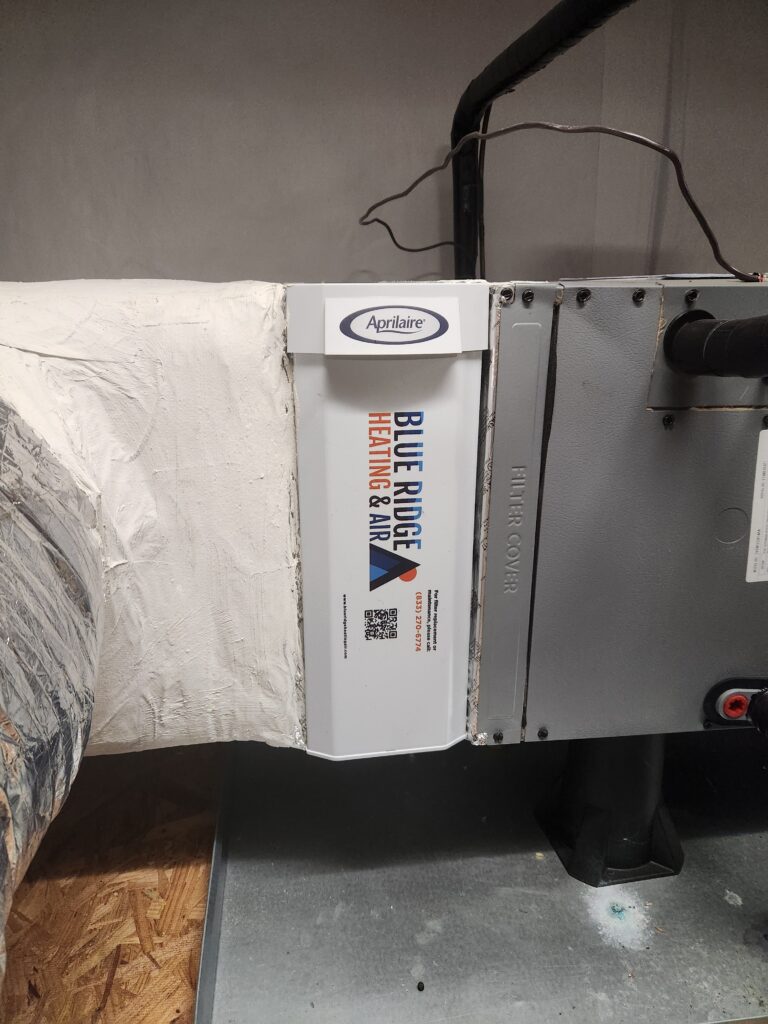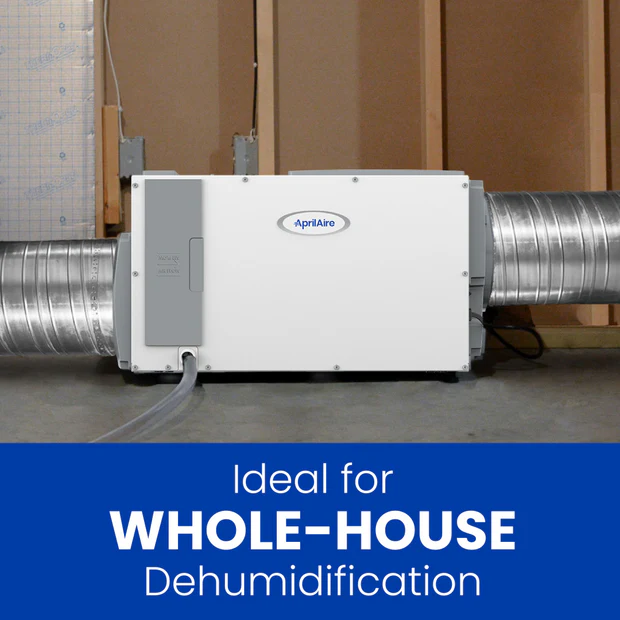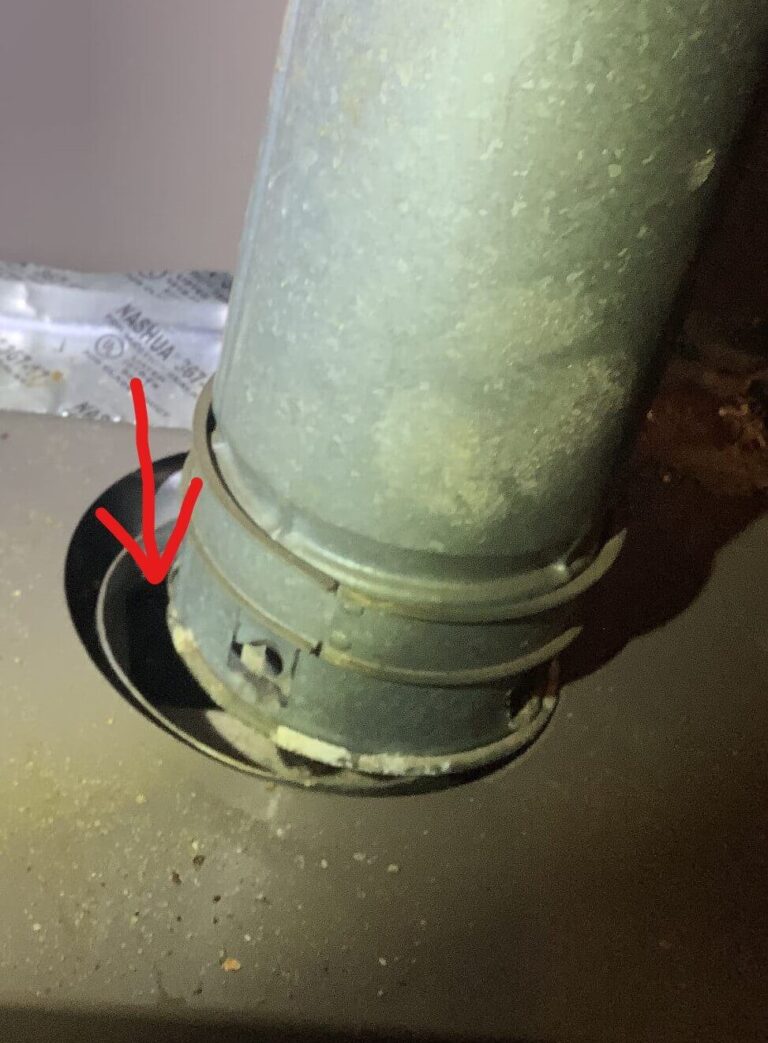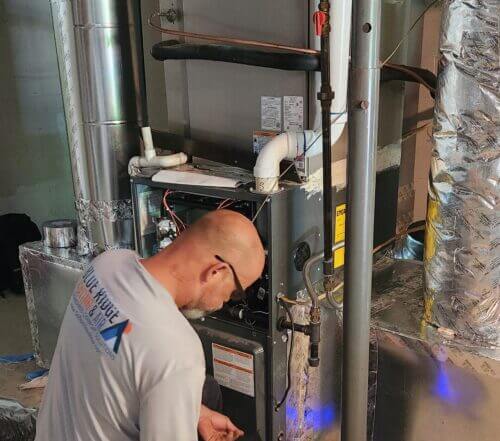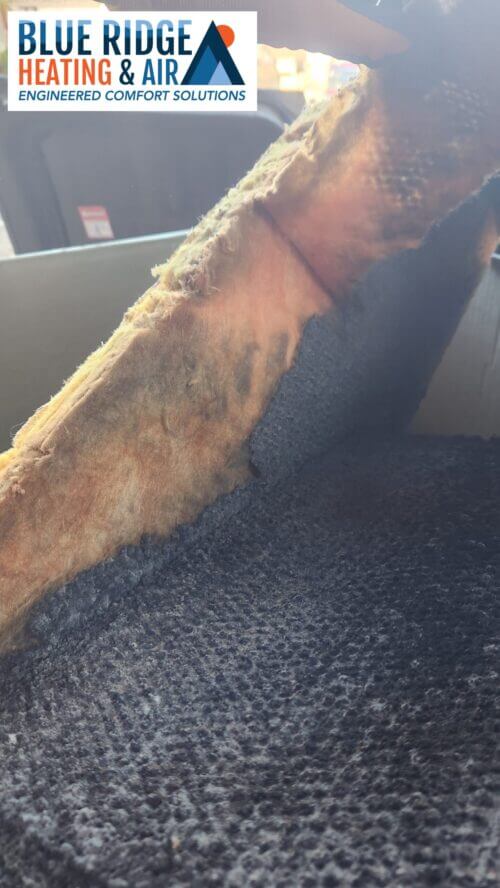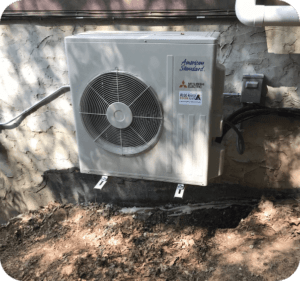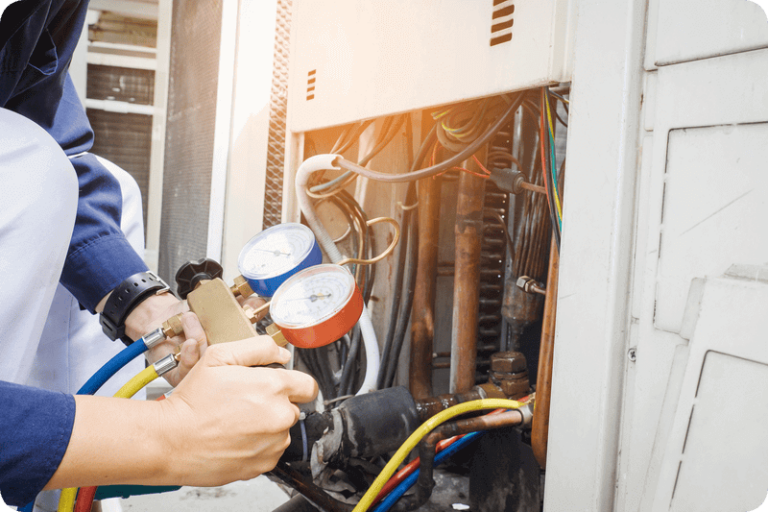HVAC Solutions for Cleaner Indoor Air
Spring in Upstate South Carolina and Western North Carolina means warmer weather, blooming flowers, and unfortunately—sneezing, congestion, and itchy eyes. If spring allergies hit you harder than a pollen-packed punch, your HVAC system could be the key to relief.
Instead of relying solely on allergy meds and tissues, let’s talk about how your home’s air quality plays a major role in allergy control and what you can do to keep pollen, dust, and allergens out of your indoor air.
Heating and Cooling Issues? Click Here!
Why Does Spring Mean Sneezing?
Spring allergies are typically caused by pollen from trees, grasses, and flowers, as well as mold spores that thrive in damp conditions.
According to the American College of Allergy, Asthma & Immunology (ACAAI), these are the most common spring allergy triggers:
✔ Tree Pollen – Oak, cedar, maple, and pine trees release massive amounts of pollen from February to May, coating everything (including your sinuses) (ACAAI, 2023).
✔ Grass Pollen – Starts to rise in late spring, triggering hay fever symptoms for many allergy sufferers (ACAAI, 2023).
✔ Mold Spores – With spring rain and humidity, mold thrives in basements, crawl spaces, and HVAC systems, worsening indoor air quality (EPA, 2023).
✔ Dust & Pet Dander – Spring cleaning stirs up old dust mites and pet allergens, making symptoms even worse (EPA, 2023).
If you feel like you’re sneezing more inside than outside, your home may be trapping and circulating allergens instead of filtering them out. That’s where your HVAC system comes into play.
HVAC Solutions to Reduce Spring Allergies
1. Upgrade Your Air Filters
Your HVAC air filter is the first line of defense against pollen, dust, and mold spores.
✔ Upgrade to a MERV 11+ or HEPA filter to trap smaller allergy particles (EPA, 2023).
✔ Change your air filters every 30-60 days during peak allergy season (Energy Star, 2023).
✔ Check for dust buildup around vents and returns—if they’re dirty, your air probably is too.
2. Control Humidity Levels
Springtime humidity swings can wreak havoc on your allergies.
✔ Too humid? Mold, dust mites, and bacteria thrive.
✔ Too dry? Irritated airways, itchy skin, and worsened allergy symptoms.
The American Society of Heating, Refrigerating, and Air-Conditioning Engineers (ASHRAE) recommends keeping humidity between 30-50% for optimal air quality (ASHRAE, 2023).
How to Control Humidity in Spring:
Keep bathroom and kitchen fans running after showers or cooking to prevent mold buildup. lower heating costs while maintaining reliable warmth during extreme cold. (Forbes)
Use a whole-home dehumidifier to keep moisture levels balanced.
Check for condensation in your ductwork or AC unit, which could be a sign of excess humidity (ASHRAE, 2023).
3. Clean Your HVAC Ducts & Vents
Your ductwork collects dust, pollen, and mold spores over time, and when your HVAC system turns on, it can spread allergens throughout your home.
✔ Schedule a professional duct cleaning—especially if you’ve had past mold issues (Energy Star, 2023).
✔ Vacuum vents and registers to prevent recirculating allergens.
✔ Seal leaky ducts to prevent allergens from attics and crawl spaces from entering your home (Energy Star, 2023).
4. Install an Air Purification System
Even with great filtration, some airborne allergens still make their way into your home. That’s where a whole-home air purifier can help.
✔ UV Air Purifiers – Kill mold spores and bacteria inside your HVAC system (HVAC.com, 2023).
✔ Electrostatic Air Purifiers – Trap fine particles like pollen and dust before they enter your living space (HVAC.com, 2023).
✔ Photocatalytic Oxidation (PCO) Systems – Neutralize airborne chemicals, allergens, and odors (HVAC.com, 2023).
These systems integrate directly into your HVAC system, keeping allergy triggers out of your air 24/7.
5. Keep Outdoor Allergens from Invading Your Home
✔ Shut your windows during high pollen days – Pollen will find its way inside and settle into fabrics, carpets, and vents (ACAAI, 2023).
✔ Wipe down pets after outdoor playtime – Pet fur traps pollen and spreads it all over your home.
✔ Vacuum with a HEPA filter – Regular vacuums can stir up allergens, making things worse.
Read More: Who is the Best HVAC Service Provider in the Carolinas? Blue Ridge Heating and Air is!
Sneezing or Coughing? Click Here!
Breathe Easy This Spring with Blue Ridge Heating & Air
At Blue Ridge Heating & Air, we help homeowners in Upstate South Carolina and Western North Carolina combat spring allergies with HVAC solutions that improve indoor air quality, humidity control, and purification.
Think You Have Mold? Click Here
References:
- American College of Allergy, Asthma & Immunology. (2023). Seasonal Allergies & Ragweed Allergy. Retrieved from https://acaai.org/allergies/allergic-conditions/seasonal-allergies/
- Environmental Protection Agency (EPA). (2023). Indoor Air Pollution & Air Filters. Retrieved from https://www.epa.gov/indoor-air-quality-iaq/
- Energy Star. (2023). Sealing Air Leaks and Ducts for Better Indoor Air Quality. Retrieved from https://www.energystar.gov/products/sealing_air_leaks_and_ducts
- HVAC.com. (2023). Air Purifiers vs. Air Filters – Which Is Best?. Retrieved from https://www.hvac.com/expert-advice/air-purifiers-vs-air-filters/

